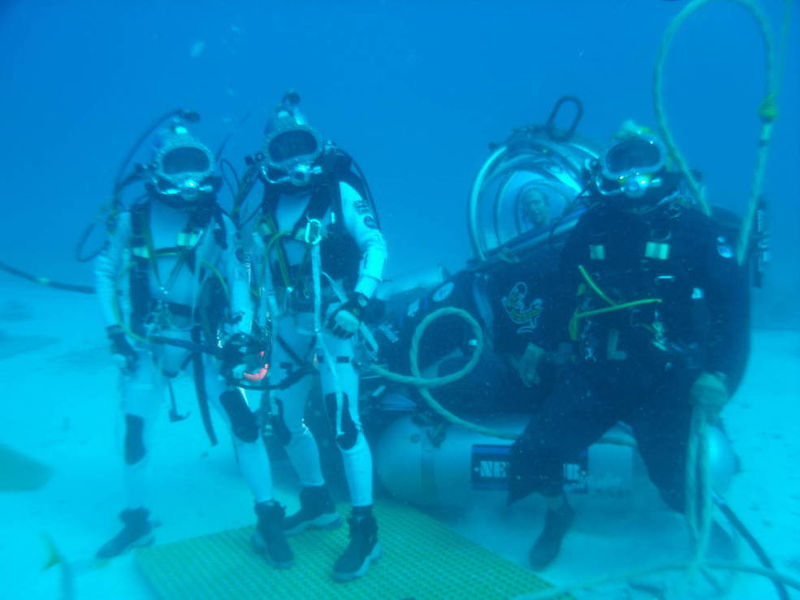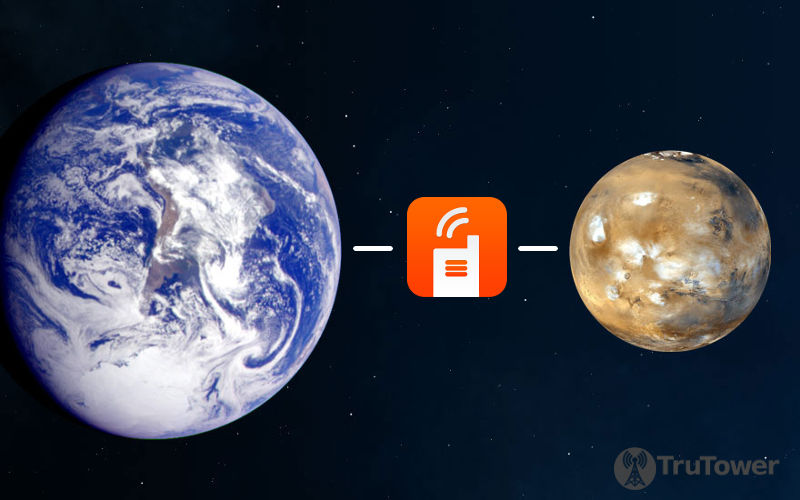Just how fast can instantaneous voice communication travel from Earth to Mars? This is but one of many questions being answered by NASA as it utilizes Voxer’s popular push-to-talk app as the primary voice communication option in its NASA Extreme Environment Mission Operations project (NEEMO) 20 mission, which officially kicks off on July 20.
NEEMO 20 itself has been designed to help NASA to prepare for future missions in the extreme environments of deep space, to assess and develop tools and techniques being developed for those future travels across varying degrees of gravity and different types of surfaces from asteroids to moons.

Voxer was successfully used in NEEMO 19 in which astronauts were in the underwater habitat Aquarius for only a week. With NEEMO 20, this time frame is extended to 2 weeks.
With NEEMO 20, NASA will utilize a combination of Voxer for iOS and Voxer for Web to simulate Earth to Mars communication to mission control. At first, there will be no delay imposed in the communication, but later on a delay will be manually implemented in order to see how participants communicate differently when not getting an immediate response. One way, for instance, that communication will change with the delay is when asking questions. Instead of asking one question and getting a response, astronauts will have to ask a series of questions in order to utilize the communication method more efficiently.
a delay will be manually implemented in order to see how participants communicate differently
The delays themselves will also be varied as the mission progresses. The preliminary schedule, which Voxer is quick to say could change at any time, calls for no delay on the first day or two of the mission, a five minute delay on the fourth day, a 10 minute delay on days 5-12, and a revert to no delay on days 13 and 14.
During this time, monitors will be set up in both mission control and the habitat, utilizing Voxer for Web. Individual astronauts will each have their own Apple iPads for talking back. In addition, people on dive boats and support teams will have their own devices. All in all, it is shaping up to be a vigorous and interesting mission, and a first step on the road to instantaneous voice communication in space.
This isn’t the first time the two have collaborated on NEEMO. We first wrote about Voxer with NEEMO 18 way back in September of 2014. The app was also used with NASA’s HI-SEAS (Hawaii Space Exploration Analog and Simulation) mission, an 8-month long mission in which Astronauts used Voxer to keep in touch with families.

